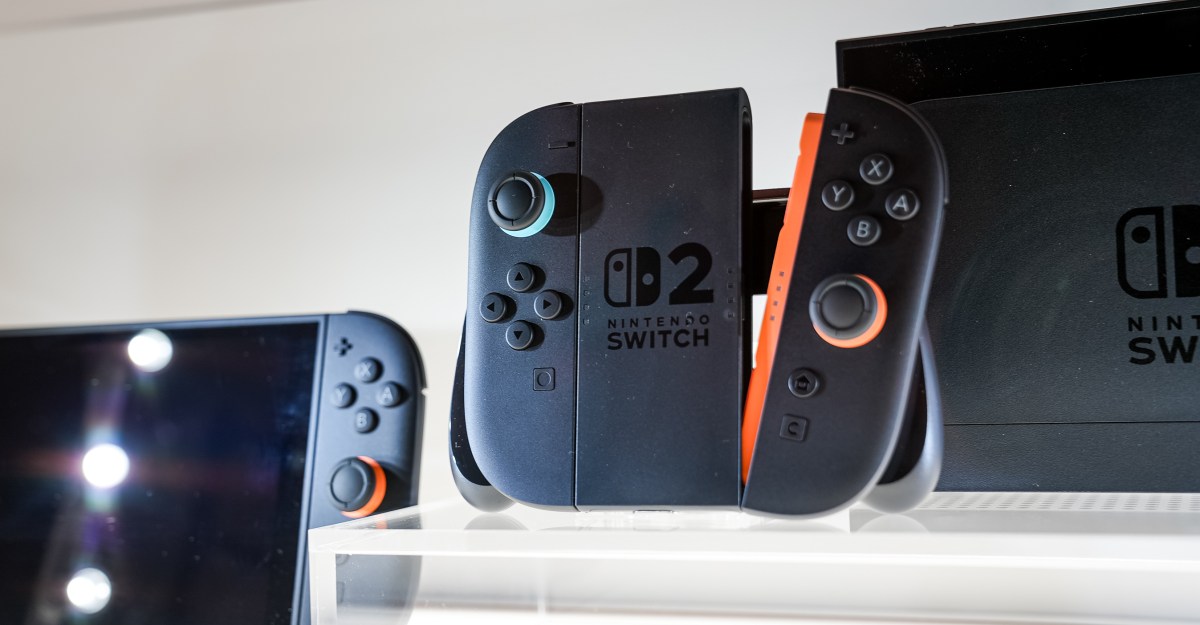Nintendo Switch 2 Cost: Analyzing the Investment – What to Expect
The gaming world is buzzing with anticipation for the Nintendo Switch 2 (or whatever Nintendo ultimately decides to call it). While Nintendo remains tight-lipped on official details, rumors and speculation are rampant, particularly concerning the console's price point. This article delves into the potential cost of the next-generation Nintendo handheld-hybrid, analyzing the factors influencing its price tag and what gamers can realistically expect.
Factors Influencing the Nintendo Switch 2 Price
Several key factors will determine the final price of the Nintendo Switch 2:
-
Component Costs: The cost of producing the console's internal components, including the CPU, GPU, RAM, and storage, plays a crucial role. The current global chip shortage and inflation could significantly impact manufacturing expenses. A more powerful, next-gen processor, for instance, will inevitably increase the manufacturing cost.
-
Technological Advancements: Will the Switch 2 boast significant upgrades like a 4K display, improved battery life, and enhanced processing power? These features, while desirable, add to the overall production cost. Rumors suggest a possible OLED screen upgrade, which would increase the price compared to the current LCD models.
-
Manufacturing Location: Production location significantly impacts pricing. Manufacturing in regions with lower labor costs could potentially help keep the price down. However, logistical considerations and potential tariffs need to be factored in.
-
Marketing and Distribution Costs: Nintendo's marketing campaign and distribution network also add to the final price. A larger-scale marketing push to compete with other consoles like the Playstation 5 and Xbox Series X would necessitate a higher budget.
-
Competition: The price of the Switch 2 will likely be influenced by the pricing strategies of its competitors. Nintendo will need to strategically position its console's price to remain competitive in the market.
Predicting the Price: A Realistic Look
Based on the factors above, and considering the prices of current-generation consoles and past Nintendo pricing strategies, a realistic price range for the Nintendo Switch 2 could be between $300 and $400 USD.
Lower End ($300-$350):
This price point would be appealing to a broad audience, especially those upgrading from the original Switch. However, it might require compromises in terms of technological advancements. Think a slightly improved processor but without a 4K display.
Higher End ($350-$400):
A higher price point suggests a more powerful console with significant upgrades like a 4K display, improved battery life, and potentially increased storage. This option caters to more demanding gamers willing to pay a premium for top-tier performance.
What to Expect from Nintendo
While concrete details are scarce, Nintendo's history points towards a console that balances performance and affordability. They've consistently aimed to provide a compelling gaming experience without breaking the bank. However, with the anticipated technological advancements, a price increase is almost certain compared to the original Switch.
Conclusion: Invest Wisely
The Nintendo Switch 2 promises to be a significant addition to the gaming landscape. While the precise cost remains uncertain, careful consideration of the influencing factors provides a reasonable estimation. Gamers should prepare for a price tag that reflects the technological advancements and competitive market landscape. Stay tuned for official announcements from Nintendo for definitive pricing details. What are your predictions for the Nintendo Switch 2 price? Share your thoughts in the comments below!
(Note: This article is speculative and based on current industry trends and rumors. Official pricing will be revealed by Nintendo.)
